Herbarium digitisation: innovating science
A project digitising over one million flora specimens has won the National Trust President’s Prize for 2025 and is helping important research in critical biodiversity, ecological, and evolutionary studies.
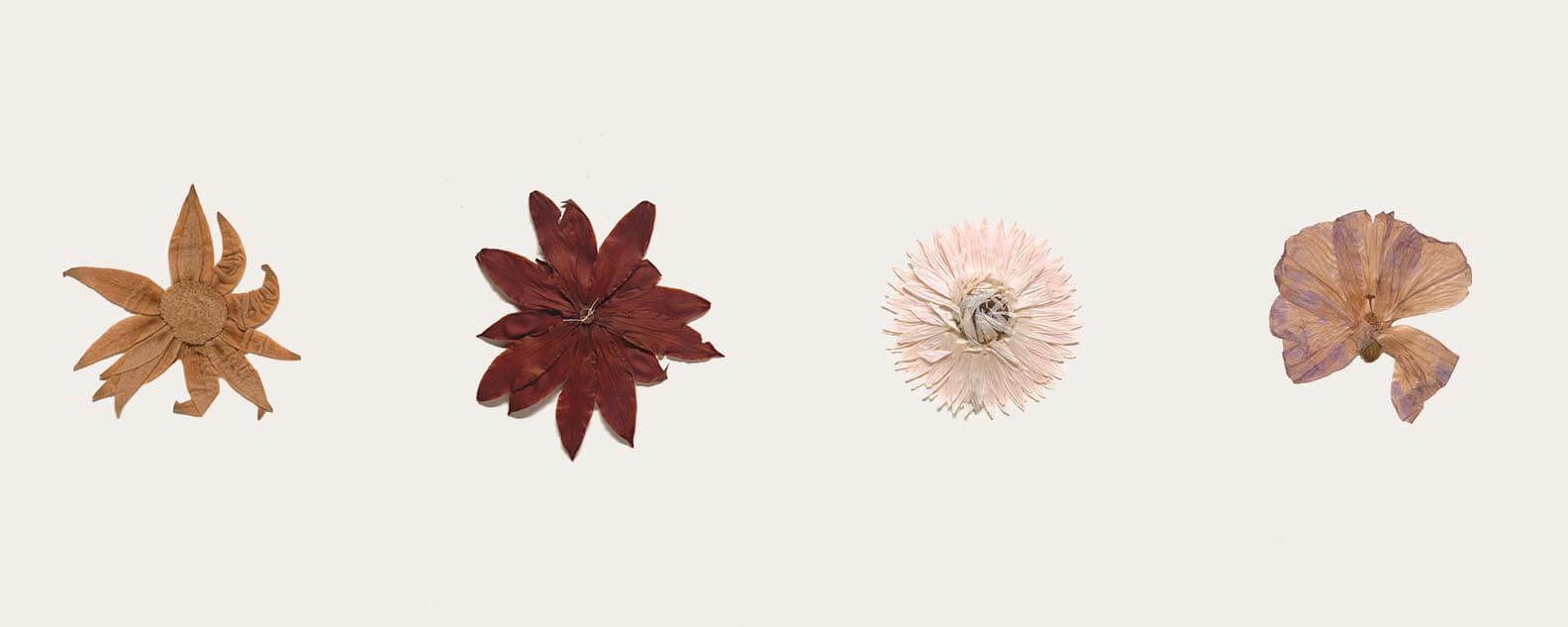
Five years in the making
Five years ago scientists from Botanic Gardens of Sydney began photographing and digitising over one million flora specimens collected from across Australia, including over 800 specimens collected by botanists Joseph Banks and Daniel Solander on Captain Cook’s first voyage to the Pacific in 1770.
After being uploaded to Amazon Web Services (AWS) as a part of their AWS Open Data Sponsorship Program, the portal of high-resolution digital images launched in 2025 and completed the largest mass digitisation of a natural history collection undertaken in the southern hemisphere.
People can now access the Botanic Gardens of Sydney Herbarium search portal and search for plants using search terms including scientific name, collection date, collector and many more. The search result will reveal the images of the plants and collection data associated with the specimen.
The digitisation project has won Kathryn Pitkin AM’s President’s Prize for 2025 and came Highly Commended in the Resources and Publications category at the National Trust of Australia’s annual Heritage Awards, recognising its importance in conservation science.
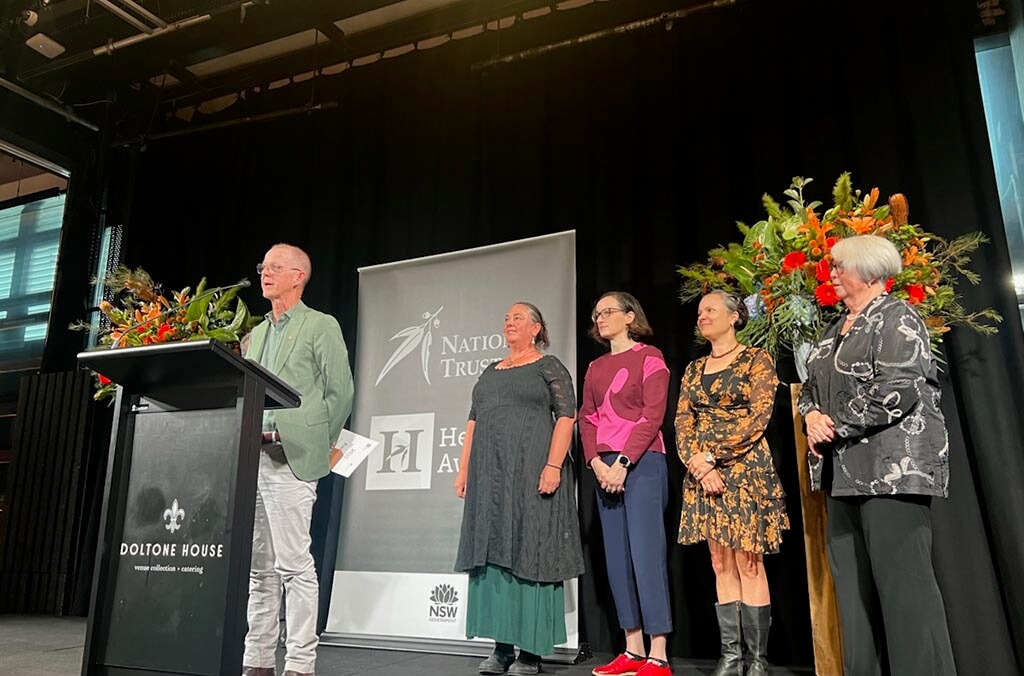
Brett Summerell AM, Hannah McPherson and Claire Brandenburger accept the President’s Prize at the National Trust of Australia’s Annual Heritage Awards.
New discoveries
The digitisation process also revealed new discoveries surrounding Australia’s botanical science history, including specimens collected by celebrated Indigenous painter Albert Namatjira and illustrations by renowned botanical illustrator Margaret Flockton.
Leader of Digital Curation at Botanic Gardens of Sydney Andre Badiou said about 4,000 images were taken each day until a high-resolution digital image of every specimen was created.
“The past ten years have seen vast technological change in digitisation, DNA sequencing approaches and computing storage and power, which has wildly augmented the value of and access to our collections,” Andre said.
“Plants representing the breadth of diversity of the Australian bush can be found among these specimens. We still have so much to uncover about our native flora, and this opens the door for scientists and the public to discover more,” he said.
The portal is now being used for important research in critical biodiversity, ecological, and evolutionary studies. Organisations such as the Research Centre for Ecosystem Resilience (ReCER) are continuing to build the collection, with over 5,000 vouchers from scientific studies added to the collection this year alone.
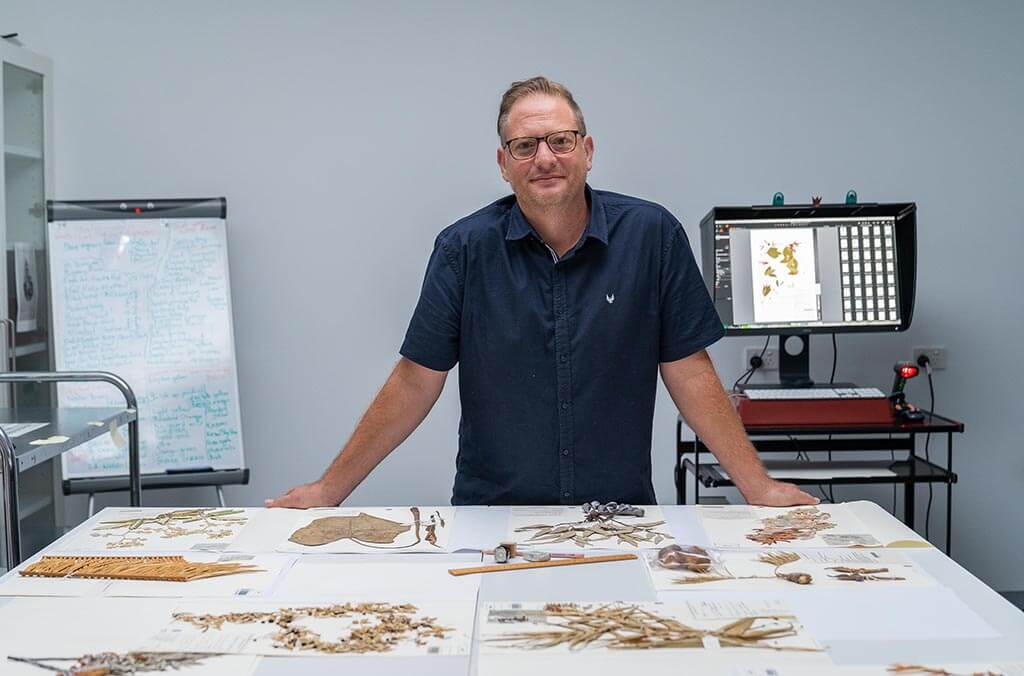
Andre Badiou, Leader Digital Curation, said about 4,000 images were taken each day until a high-resolution digital image of every specimen was created.
A botanical muse
The high-resolution images of the various specimens also create opportunities for artists and filmmakers. In a newly published animation, Botanic Gardens of Sydney’s content team have used hundreds of species of Australian flora from the Herbarium portal to highlight the beauty, variety and scale of its collection.
From the delicate petals of the paper daisy (Xerochrysum bracteatum), the fluffy textures of the flannel flower (Actinotus helianthia) and the bold wine colours of the waratah (genus Telopea), over 260 striking Australian native specimens are shown. A full list of every species pictured in this video is available to download here. Use the code beginning in ‘NSW’ to search for the specimen in the portal.
Support the Gardens
Botanic Gardens of Sydney relies on donations, philanthropic support and partnerships to sustain our wonderful green spaces and critical conservation work.
Related stories
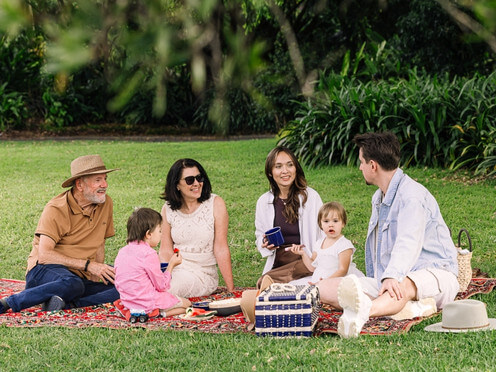
Whether you’re here for culture, time with friends, a family adventure, or a quiet escape among the trees – discover the itinerary that brings your ideal summer day to life.
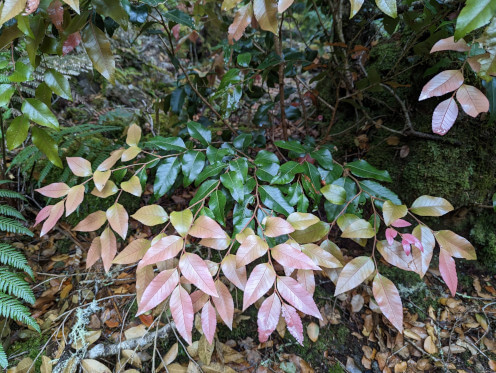
For the team at the Research Centre for Ecosystem Resilience (ReCER), a request from the Blue Mountains Botanic Garden to design a hedge of the towering Nothofagus moorei, or Antarctic beech, sparked a unique collaboration between science and horticulture.
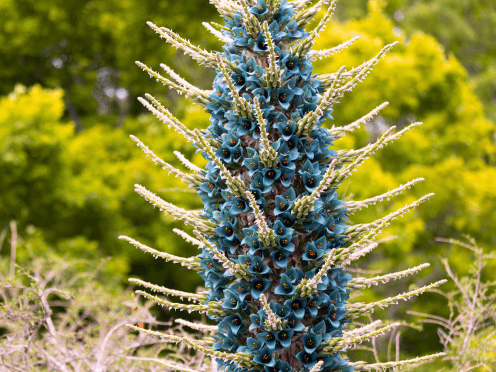
An extraordinary display of rare turquoise blooms are starting to flower at the Blue Mountains Botanic Garden Mount Tomah, with one species blooming for the first time ever.